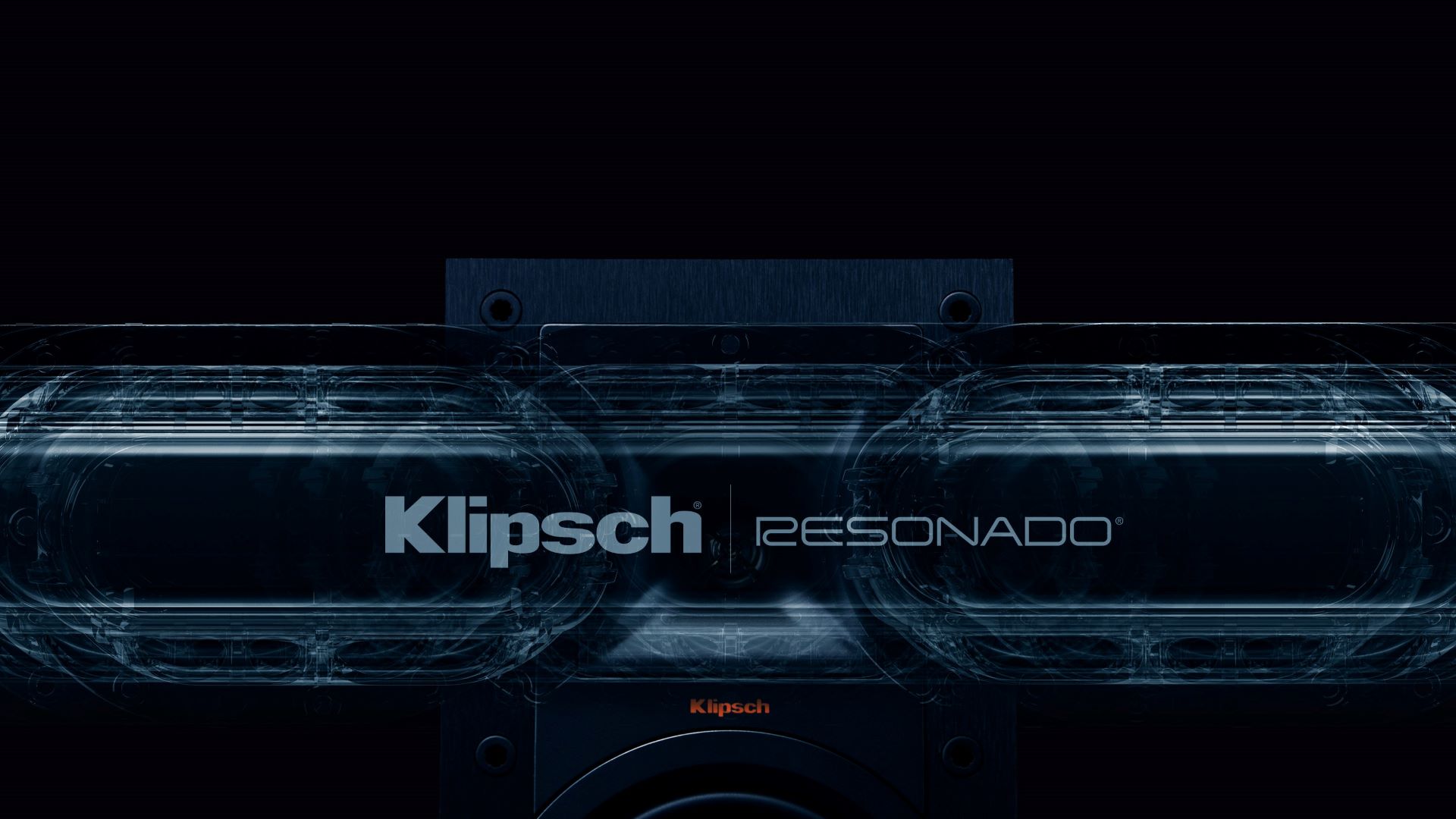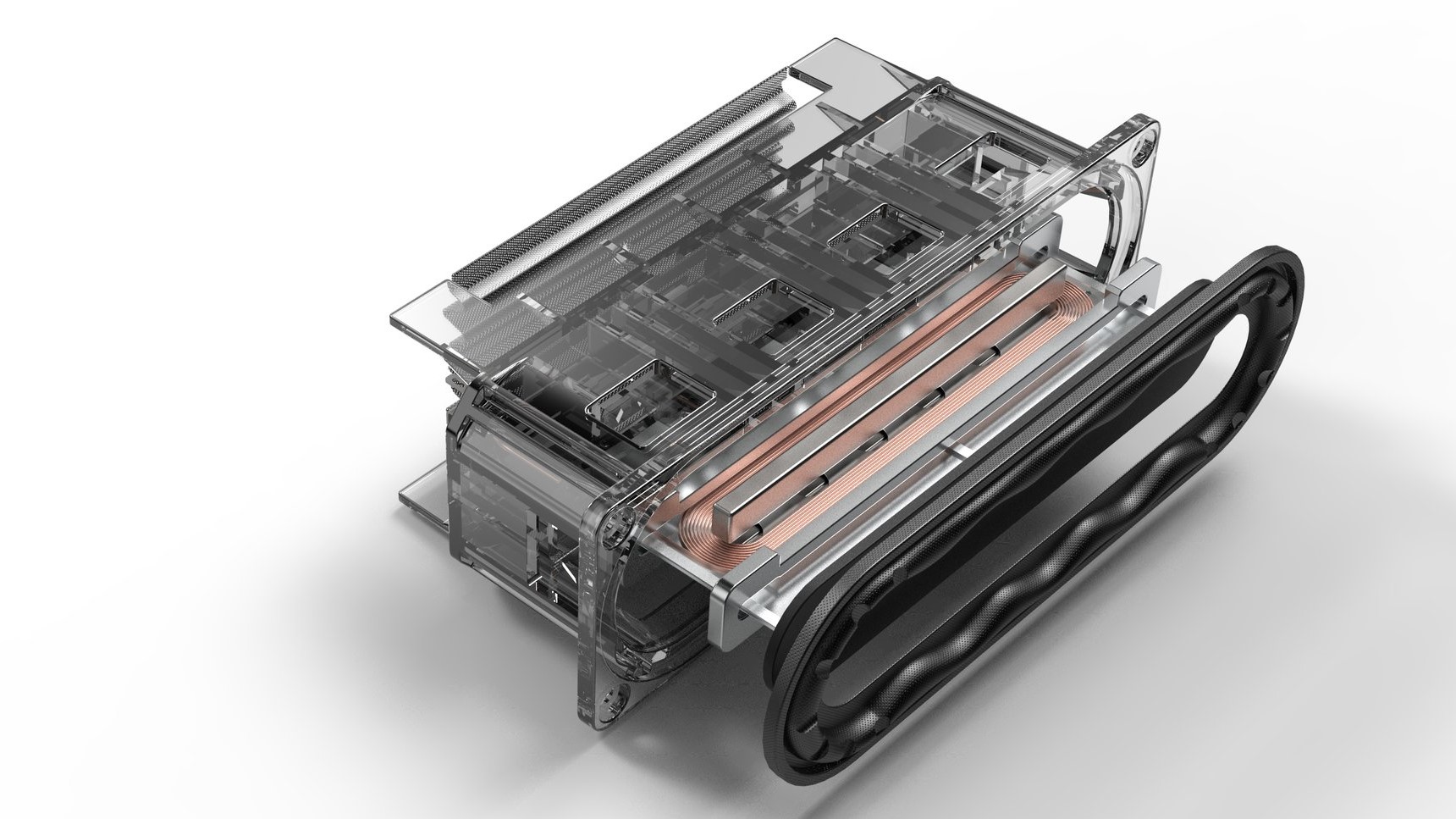Klipsch’s new magic trick: make your Dolby Atmos soundbar invisible
A new partnership promises big sound from a highly compact box

Klipsch makes big speakers – back in the early days of hi-fi, the company was known for its refrigerator-size models that, like cinema sound systems, used horns to generate maximum output from the vacuum-tube amplifiers common during that era. Flash-forward to the present, and the brand still uses horn-loaded speaker drivers – but now to deliver a distinct Klipsch sound in Dolby Atmos soundbars.
Few people who have listened to a Klipsch-based system would be disappointed with its performance. But there’s no getting around the reality that both the company’s speakers and soundbars take up a fair amount of living room real estate.
A new partnership aims to change that situation, with a press release that Klipsch circulated this week announcing “a strategic partnership to develop a new line of Klipsch home audio solutions integrating Resonado Labs technologies.”

Just who is this Resonado Labs, and what are they bringing to the table? “Identifying an opportunity to deliver full frequency sound in small form factor speakers led to the development and patenting of our core technology,” said Brian Cho, Resonado Labs founder and CEO, in Klipsch’s release. That tech is called Res-Core motor, and it’s the driving force behind the Klipsch-Resonado Labs alliance’s plan to “define the next era of audio by developing a line of products engineered to deliver the highest output possible in sleek and compact form factors.”
In other words, Klipsch speakers and soundbars are about to get really, really small.
A quick check of the Resonado Labs website reveals Res-Core to be a “precision-driven motor design featuring a flat voice coil suspended in between dual parallel bar magnets.” Also, the motor “is controlled by a high-performance suspension system that enables the speaker transducer to maximize pistonic movement to push a massive amount of air for the deepest, cleanest bass.”

Breaking that down, Res-Core’s voice coil (the speaker component that takes the electrical output from an amplifier and translates it into driver vibration to move air) has been designed for maximum space-saving, while the motor’s suspension system allows for compact transducers that can generate the kind of bass you’d normally expect from much larger speaker drivers.
Get daily insight, inspiration and deals in your inbox
Sign up for breaking news, reviews, opinion, top tech deals, and more.
There was no discussion of an actual product during a virtual press conference where Klipsch announced the new partnership, though a “Cinema One” was mentioned. This leads us to speculate that the initial Klipsch-Resonado Labs offering will be a Dolby Atmos soundbar. Also, a Klipsch executive’s statement during the event that they “want people to experience Klipsch sound but with a compact, near-invisible form factor,” leads us to believe that the forthcoming soundbar will still use horn-loaded drivers, though it will be dramatically smaller than the company’s existing offerings.
Analysis: “Near-invisible” speakers and soundbars are a welcome development
Unlike the best 4K TVs, which have become increasingly thin over the years even as screen sizes have grown, speakers and the best soundbars remain mostly big and box-like. There are exceptions like Samsung’s HW-S800B and the new Sonos Ray, but these require a separate subwoofer to achieve satisfying deep bass, something that’s particularly important for movie-watching.
If the new Klipsch-Resonado Labs partnership does yield soundbars and speakers that defy the laws of physics and deliver full-range sound with high-impact bass in a compact, one-box form factor, it will not only be a technical achievement, but a big advancement for audio. People who would otherwise have been hesitant to add a soundbar, and especially a subwoofer, to their TV, will become more accepting of add-on audio components.
We look forward to hearing the “Cinema One,” or whatever emerges from this project. And if Resonado Labs can work the same magic to improve the built-in audio capabilities of TVs, that will be even more extraordinary.

Al Griffin has been writing about and reviewing A/V tech since the days LaserDiscs roamed the earth, and was previously the editor of Sound & Vision magazine.
When not reviewing the latest and greatest gear or watching movies at home, he can usually be found out and about on a bike.